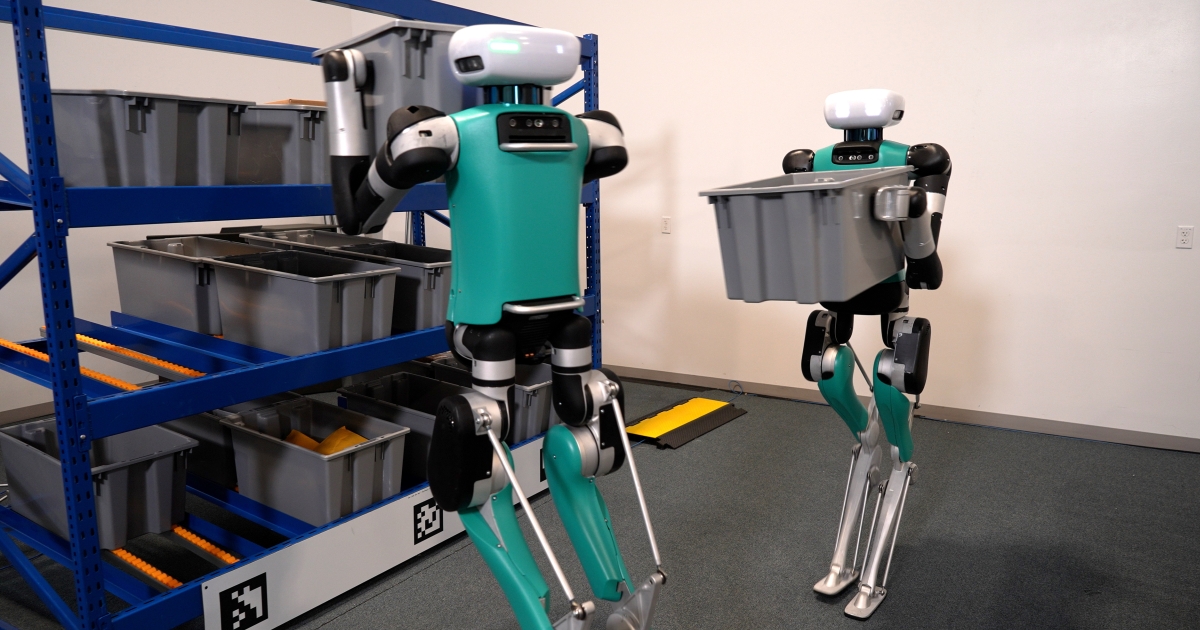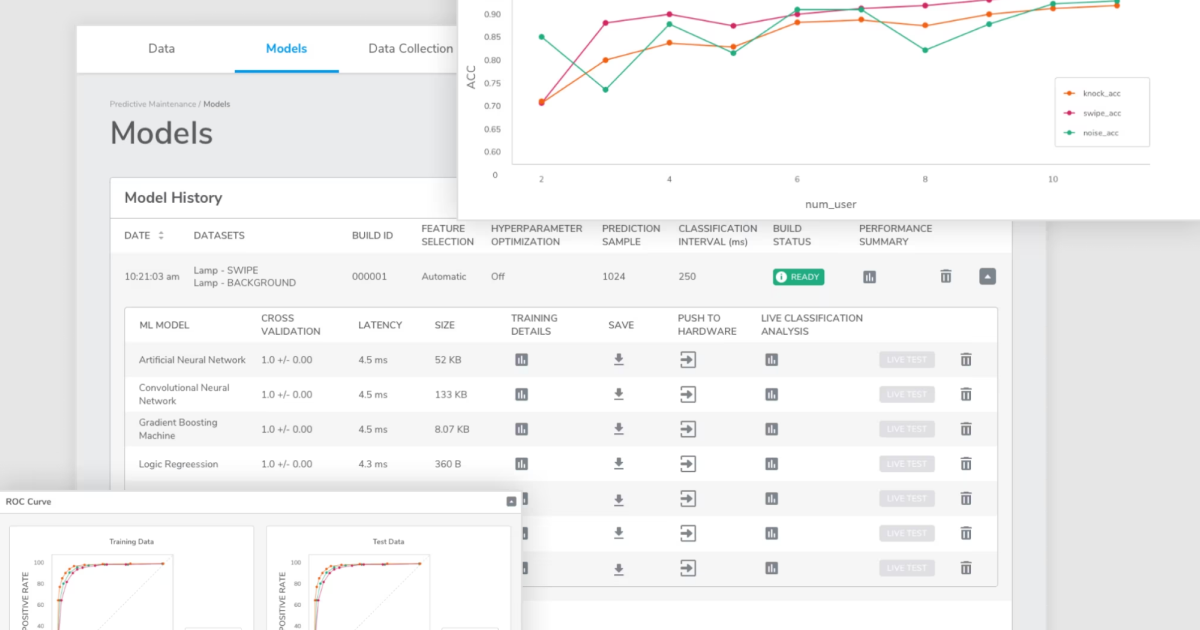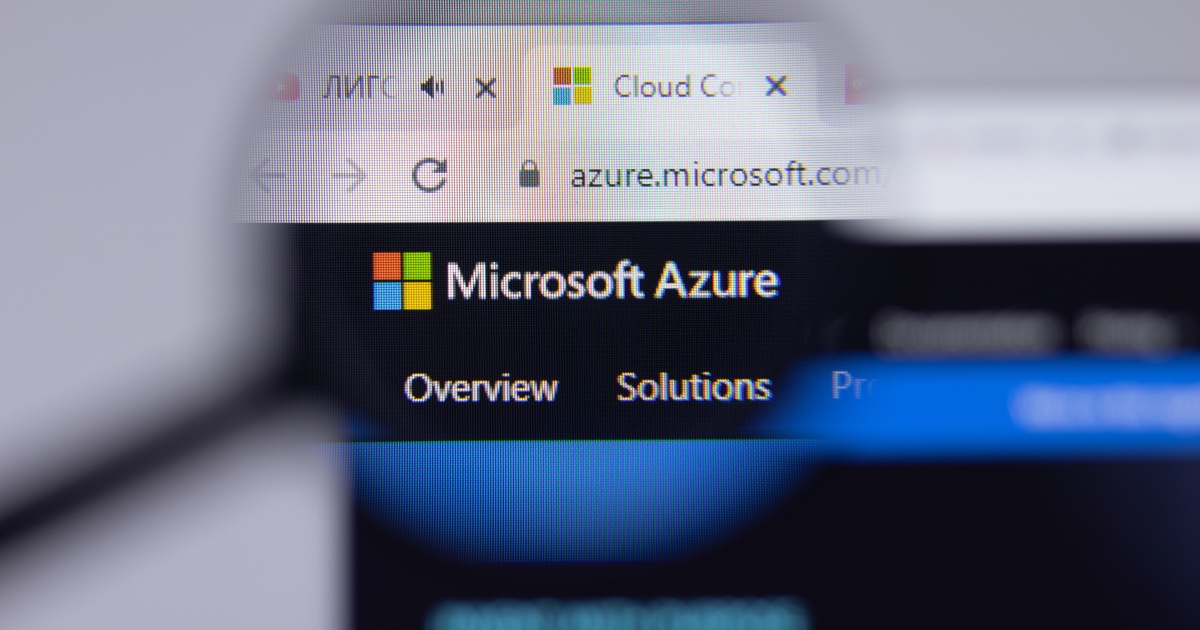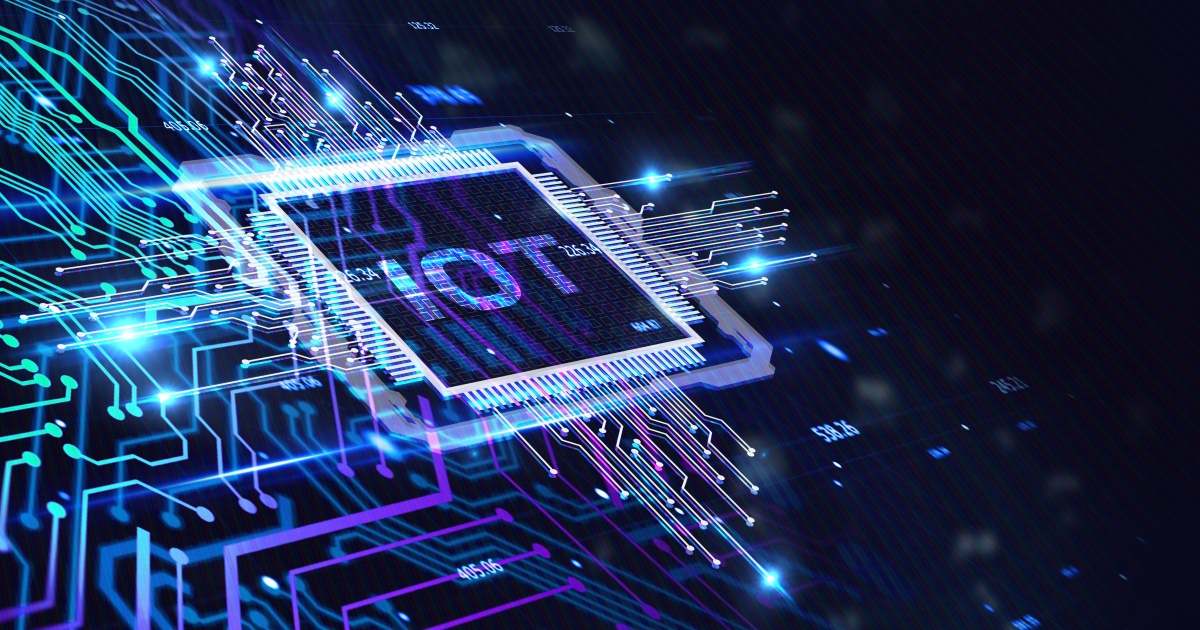In a recent release, Real-Time Innovations (RTI), an Industrial Internet of Things (IIoT) connectivity company, has announced the company’s first connectivity software designed to build layered-databus architectures for IIoT systems of systems: RTI Connext DDS 5.3.
IIoT systems typically require sharing data across multiple networks, from the edge to the fog to the cloud. In a connected hospital, for example, devices have to communicate from within a patient room or OR, to nurses’ stations and off-site monitors, to real-time analytics applications for smart alarming and clinical decision support, and with IT health records. The aggregate volume of streaming device data could easily overwhelm hospital networks. Patient data must be securely tracked, even as patients and devices move between rooms and networks. Additionally, devices and applications have to interoperate, even when developed by different manufacturers.
To help system architects address these challenges, the Industrial Internet Consortium (IIC) recently released the Industrial Internet Reference Architecture (IIRA). The IIRA identifies a Layered Databus pattern as the recommended framework for developing these multi-tiered IIoT systems of systems. RTI Connext DDS 5.3 is the first connectivity software designed to implement the layered databus pattern while also fostering interoperability and an open architecture.
“We have a vision for a connected rail enterprise that leverages advanced software and powerful analytics, providing enhanced visibility into the control architecture,” said Tab Mong, system architect, GE Transportation. “This system will enable us to make more intelligent train control decisions while decreasing maintenance time and increasing railroad profitability. The reliance on freight rail is continuing to increase, creating a need for a system that is more connected, efficient and secure. By replacing our previous messaging software with RTI Connext DDS, we were able to increase efficiency by 30% while providing a secure, open architecture that will make it easy for us to monitor the system remotely into the future. Together with RTI we are building locomotives that leverage the full power of the Industrial Internet.”
Built on the Object Management Group (OMG) Data Distribution Service (DDS) standard, Connext DDS 5.3 introduces support for the recently finalized DDS Security standard. Devices and applications developed with Connext DDS 5.3 will interoperate with those that take advantage of future Connext DDS versions. In addition, RTI verified Connext DDS 5.3 interoperates with other DDS Security implementations, enabling plug-and-play systems that incorporate components from multiple suppliers.
“Scalable and secure connectivity is a crucial component driving the Industrial Internet’s momentum,” said David Barnett, VP, products and markets, RTI. “With the introduction of Connext DDS 5.3, we are making it easier for developers to ensure their systems can handle the complex performance and scalability requirements of the Industrial IoT, while integrating the level of security necessary for critical applications. This reduces costs for our customers by simplifying development and integration. At the same time, it also enables interoperability in the greater IIoT market. At RTI we are proud to help our customers lead their respective markets as they expand their IIoT systems, now and for years to come.”
Due to the large amount of data in IIoT systems of systems, it is rarely possible to send all data to all locations. Connext DDS 5.3 now provides the capability to request and receive historical data for this purpose, in addition to the ability to filter for specific content, such as requesting a patient’s body temperature over the last four hours, prevents the network bandwidth from flooding.
In IIoT systems, it is critical that systems maintain connectivity even as devices roam across networks, such as in autonomous cars. Because different networks assign different addresses, traditional approaches cause a loss in connectivity and data during the switchover. With Connext DDS 5.3, devices automatically and securely re-locate and re-authenticate to maintain uninterrupted connectivity whenever a network address changes.
Ken Briodagh is a writer and editor with more than a decade of experience under his belt. He is in love with technology and if he had his druthers would beta test everything from shoe phones to flying cars.Edited by
Ken Briodagh





